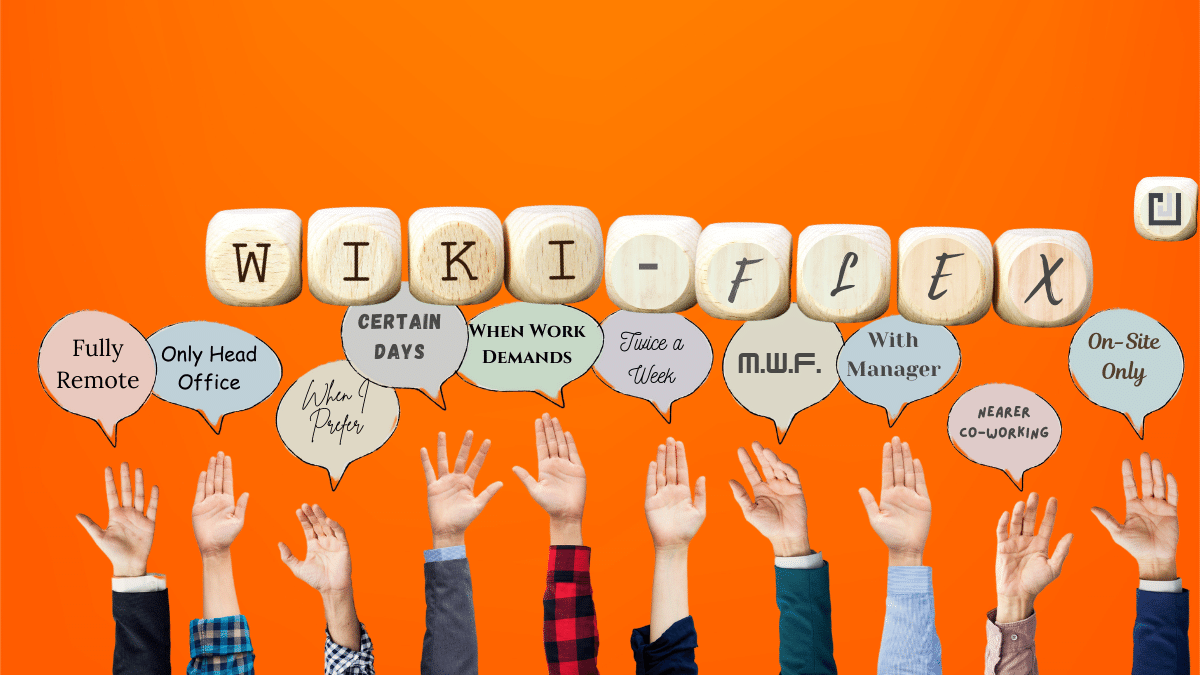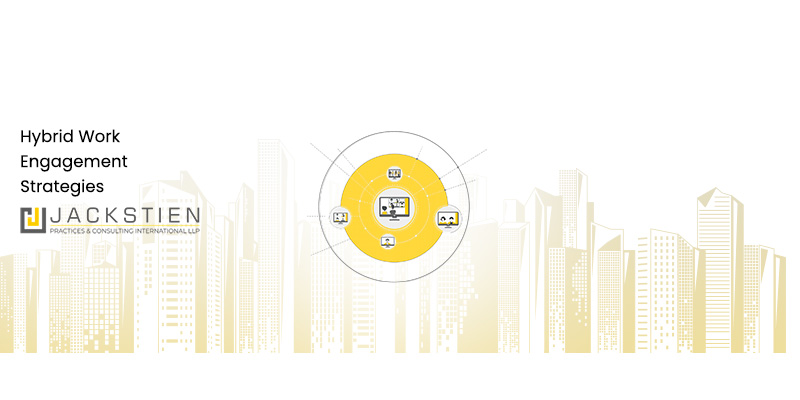As leading news outlet, APN Live covered firms embracing remote and hybrid work at an increasingly fast pace, we were fortunate to add our thoughts to this discussion by highlighting the importance of looking beyond technology and considering the importance of an architectural setup and other similar ideas for efficient remote working.
The coverage can be found on https://www.apnlive.com/a-fully-remote-environment-is-technologically-easy-says-jackstien-practices-nishant-shah/ and is replicated below for reference.
<quote>
Following a spate of announcements over the last few months, it is now clear that companies are doubling down on the new future of work.
While most have opted for a Hybrid environment, some have transitioned to a fully remote environment. Recently, Meesho (the Indian origin e-comm backed by the likes of SoftBank) announced going fully remote. Giants like Facebook now have permanent work from anywhere policies.
Jackstien Practices, who were recently awarded the Indian Achievers Award for 2021-22 are specialists in remote and hybrid work transitions and have themselves recently moved to a fully remote model. We asked Nishant Shah, former banker and the founder of Jackstien Practices, about the challenges of transitioning to a fully remote profile.
A fully remote environment is technologically easy”
–says Nishant Shah
“While technology is essential, it is plentifully available. At the same time, technology is just the start and doesn’t add much value without a surrounding architecture that supports remote work – people, structure, policies, productivity management, legal and statutory pieces, structure, cost management, sustainability, design and much more”
–continues Nishant.
“In that sense, remote work is like a 10000 piece puzzle. Both can be easily procured at a price but it’s very difficult to convert into a cohesive big-picture. Further, the fact that transitions need to be time-bound but phased but have no rules or templates to follow and it is even harder. There is always an element of art involved in any major transition but we separate the science and art elements of every transition and address them individually”
–says Nishant.
Yet, companies have to tread the path. Simply put, there seems little choice. Hindustan Coca-Cola, Marico, Apple, UBS, Citi, Intel, AT&T, Spotify and TCS are but a few names of the long list of companies jumping aboard this train, spurred by even greater numbers jumping onto the ‘Great Resignation’ train and the burn-out amongst the younger generation of workers.
GitLab’s valuation at 11 Billion last year in its IPO in the United States underscored how employees and shareholders equally value this trend. For the uninitiated, GitLab is a fully remote company.
For more complex and regulated businesses, the Hybrid work model is the best alternative but comes with an even greater set of challenges, key being the ideal balance of cost and freedom to ensure that the organisation maintains its operations at peak performance. No doubt, a host of secondary but no less important issues follow. Jackstien Practices claim to have developed a whole field of study in the area of Hybrid Work and the depth of detail left us impressed.
Creaking infrastructures, spiralling inflation, disillusionment with the urban lifestyle, pollution, real-estate prices, persistent uncertainty, technological alternatives, the great resignation (refuelled by companies’ return to office plans), climate goals and of course, the pandemic have come together to create the perfect storm.
It’s high time, we say.
<unquote>


